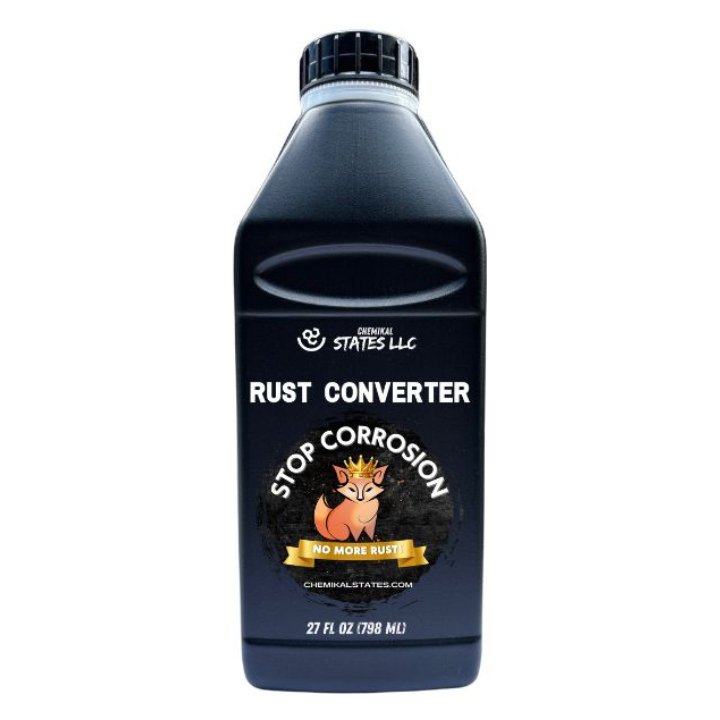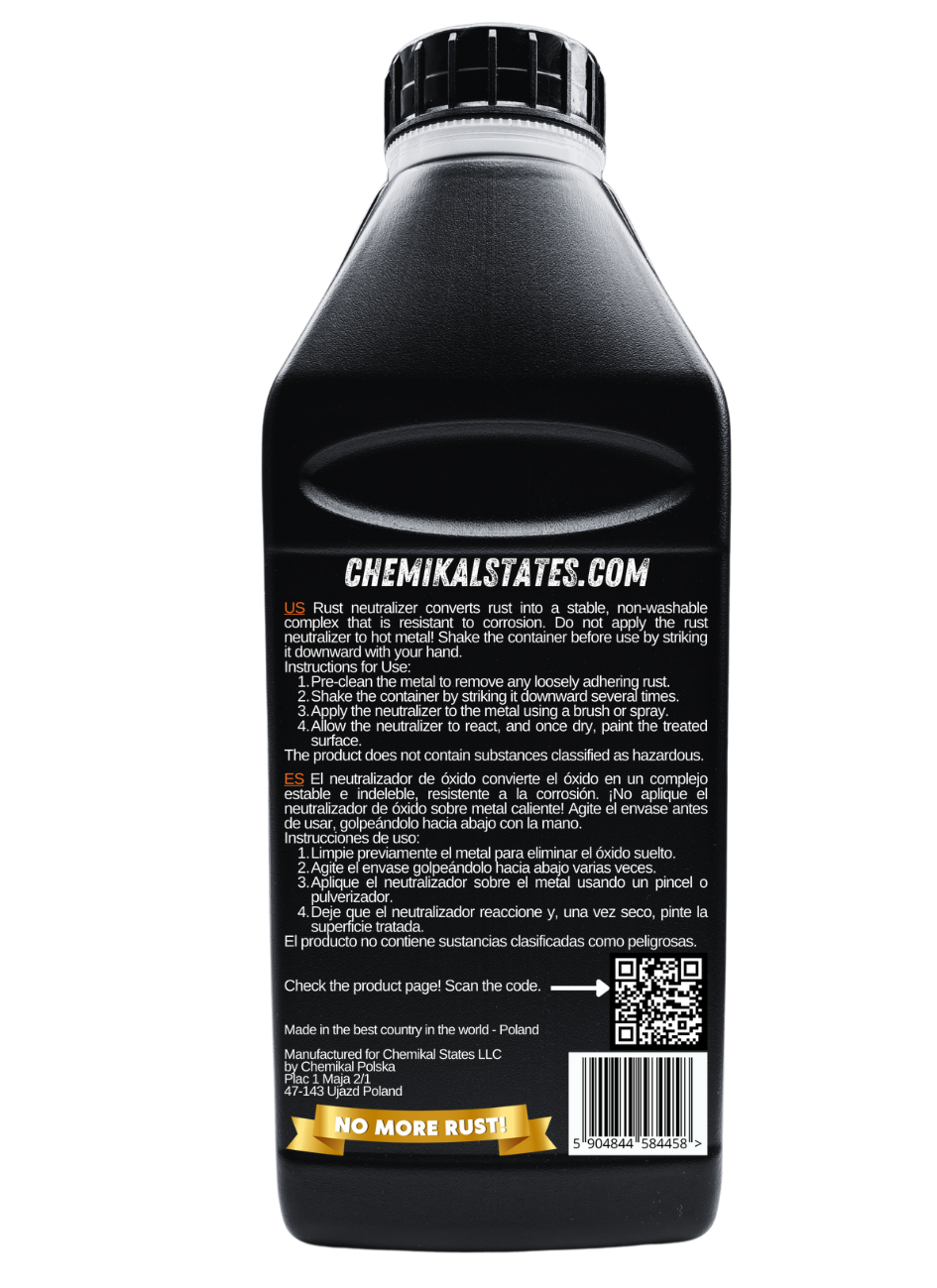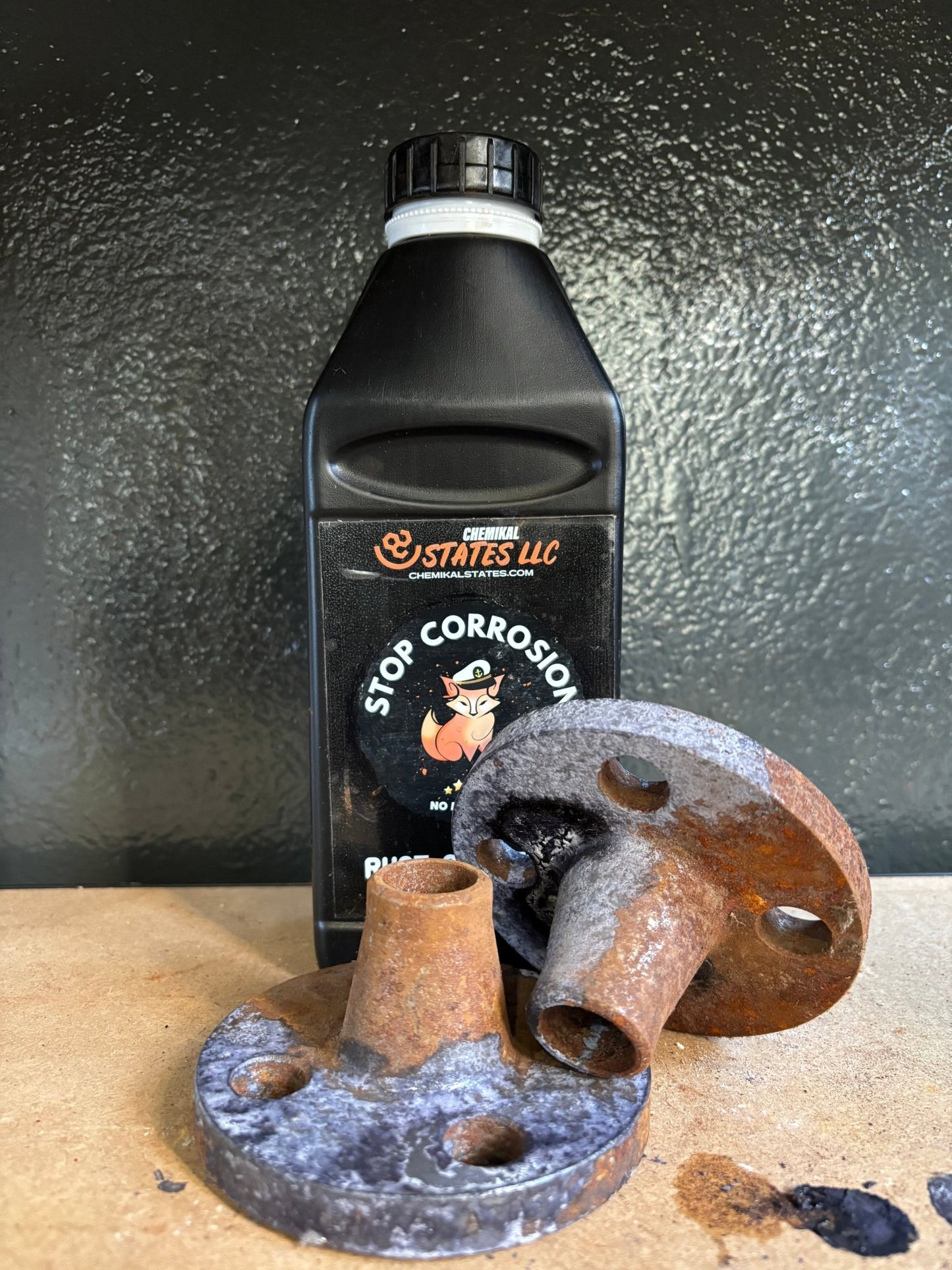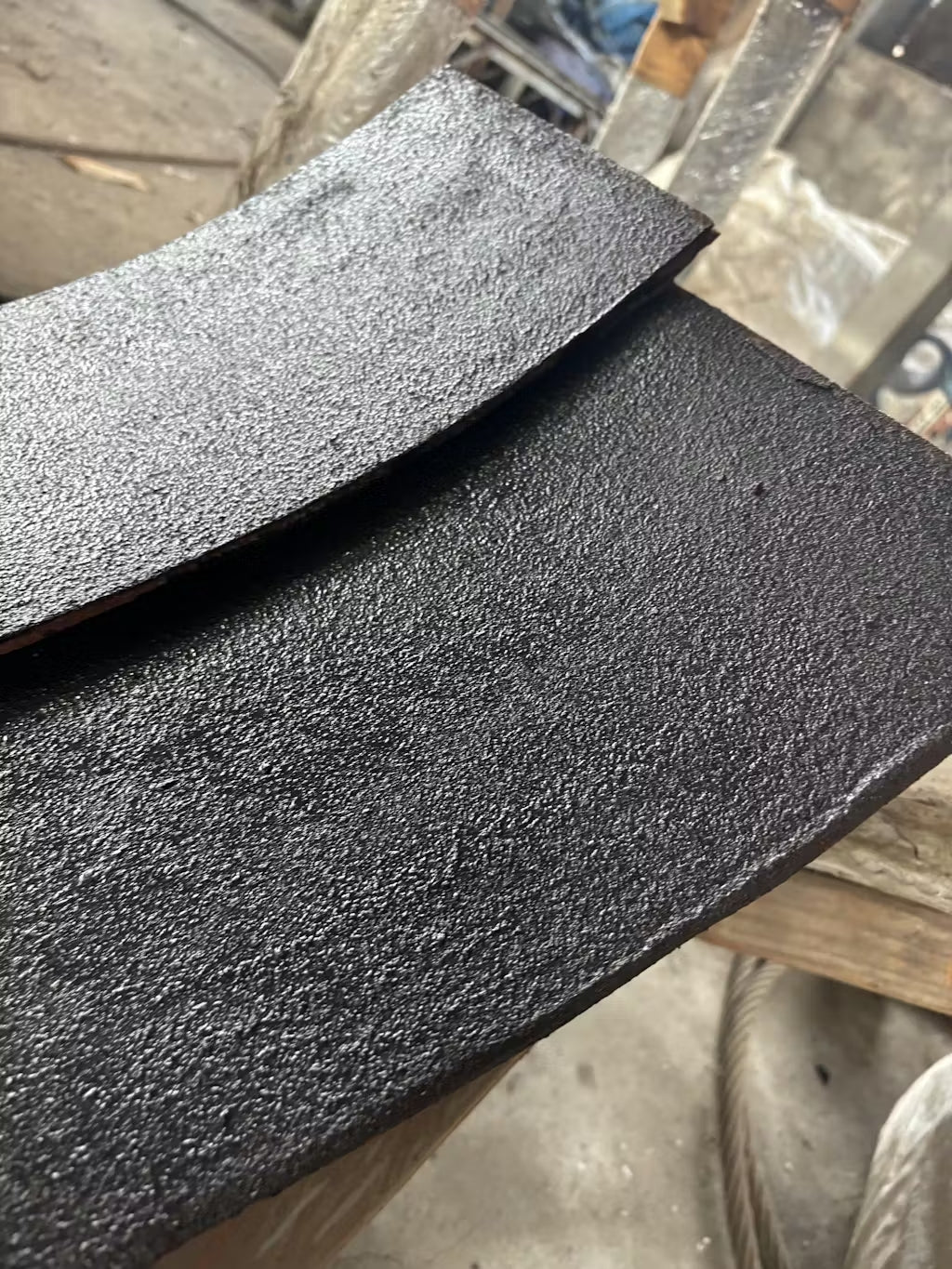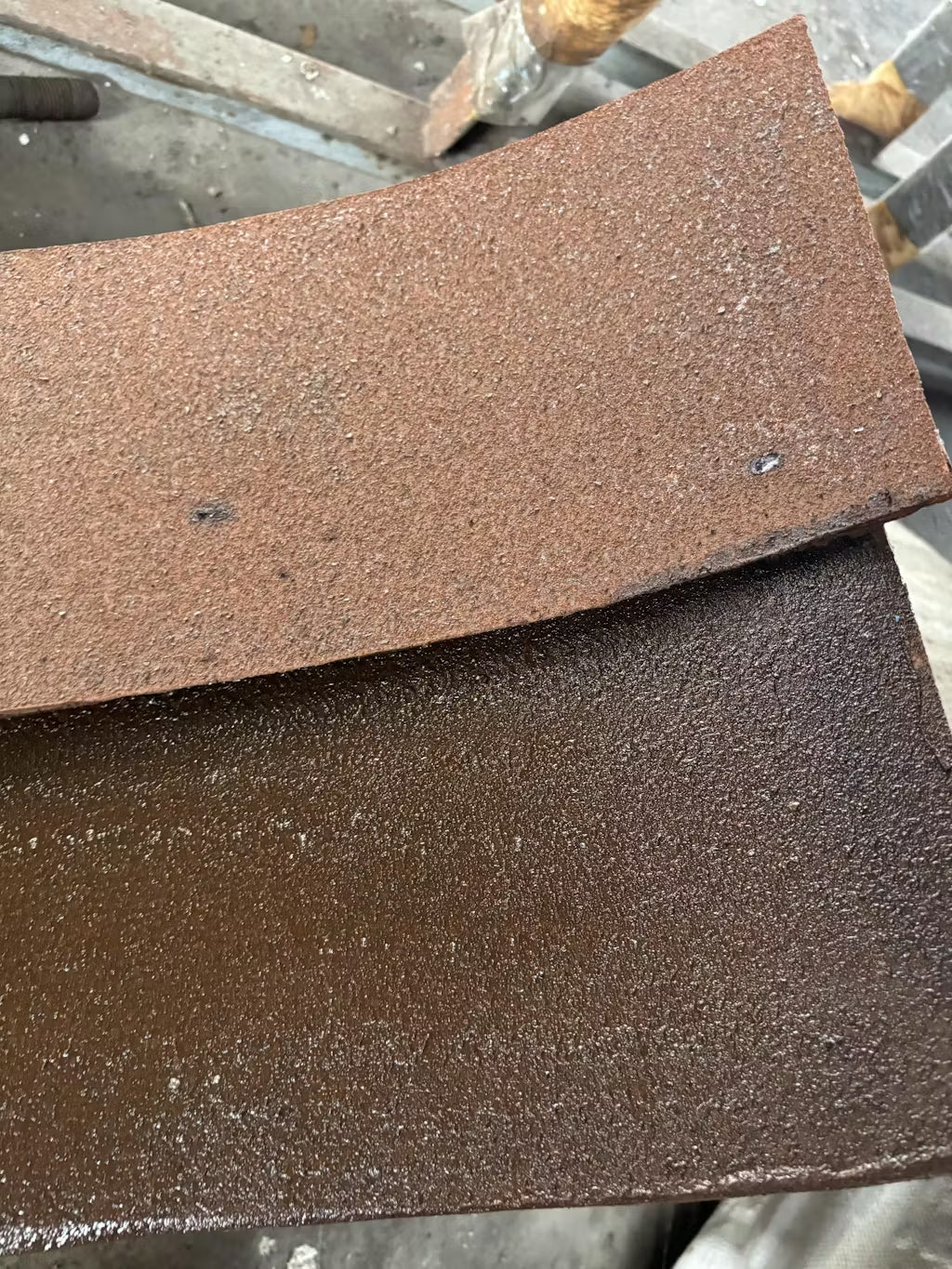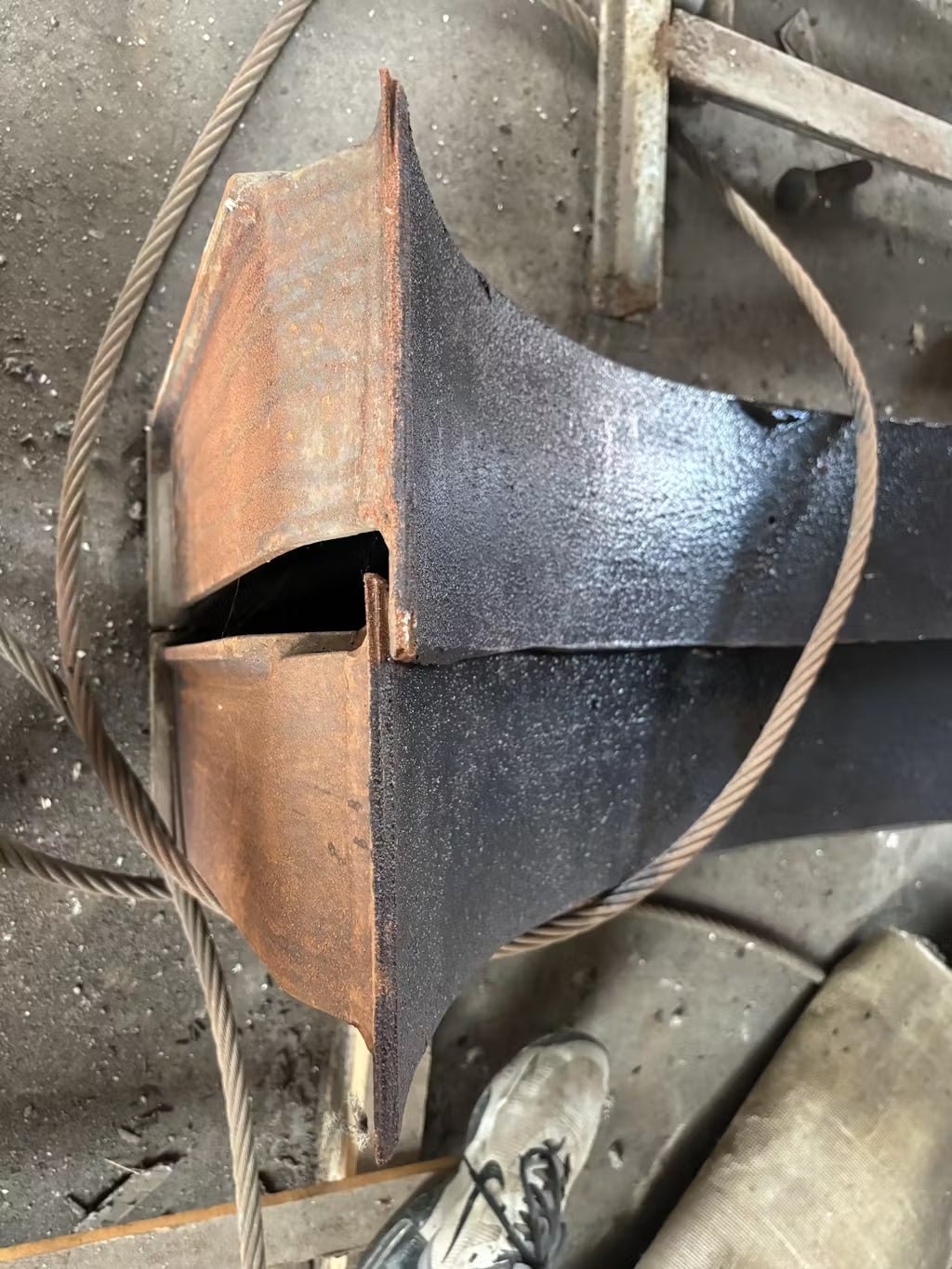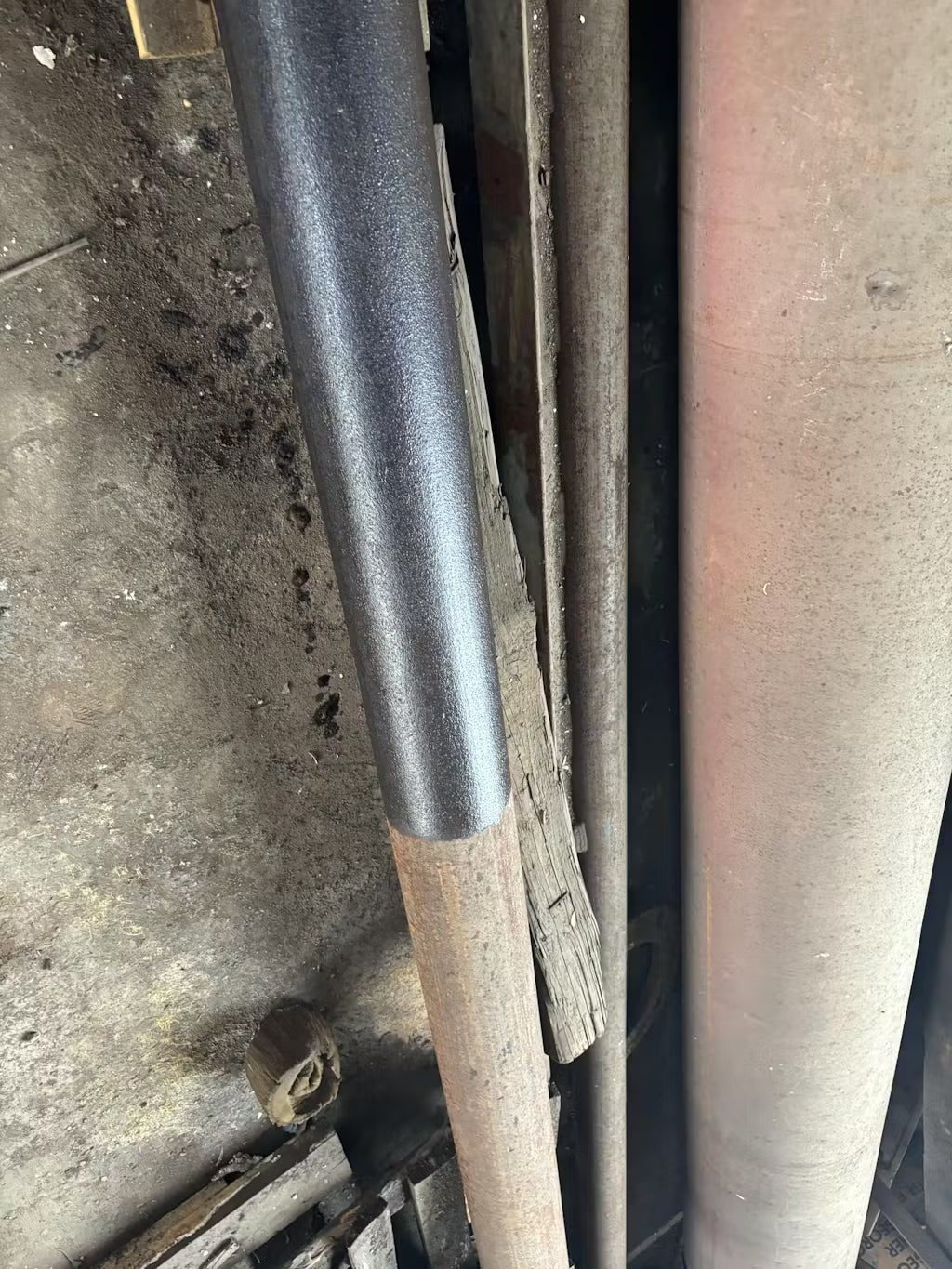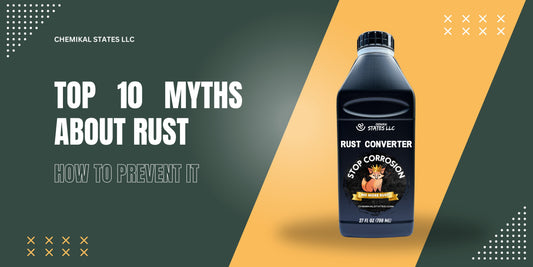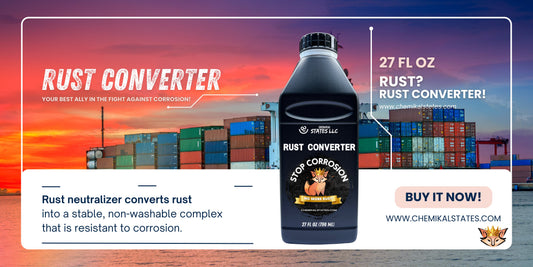How to Clean Rust from Stainless Steel: The Ultimate Step-by-Step Guide for Long-Lasting Results
Share
Understanding the Nature of Rust on Stainless Steel
Stainless steel is prized for its durability, resistance to corrosion, and sleek, modern appearance. However, it’s not entirely immune to rust. Over time, even premium stainless steel products can develop small rust spots when exposed to moisture, salt, or harsh environmental conditions. Understanding why this happens is the first step toward preserving the look and longevity of your stainless steel surfaces.
What Exactly Is Rust and Why Does It Form?
Rust is an iron oxide that occurs when iron-containing metals react with water and oxygen. Although stainless steel includes chromium to minimize corrosion, this protective layer can be compromised by scratches, abrasive cleaners, or persistent exposure to humidity and chemicals. Once the protective barrier weakens, rust can form and spread if not addressed promptly.
Common Factors That Lead to Rust on Stainless Steel
- Excessive moisture and humidity in the environment
- Harsh cleaning products that strip away protective coatings
- Physical damage, such as scratches or dents, that expose the raw metal
- Prolonged exposure to salty or acidic conditions
By identifying these factors early on, you can more effectively combat rust and maintain the appearance and integrity of your stainless steel items.
Preparing to Remove Rust from Stainless Steel
Before attempting any rust removal techniques, it’s essential to prepare your workspace and gather the right tools. Proper preparation ensures effective results while preventing unintended damage to the metal surface.
Safety Measures and Necessary Equipment
- Protective gear, including gloves, safety goggles, and a dust mask
- Soft, non-abrasive cloths and microfiber towels
- Nylon or soft-bristled brushes
- Mild cleaning agents or specially formulated rust removers
- A suitable rust converter product for more stubborn patches
Taking these precautions helps safeguard both your health and the surface you’re restoring.
Testing in an Inconspicuous Spot
Before applying any cleaning solution or rust remover, test a small hidden area of the stainless steel item. This step ensures your chosen method won’t cause discoloration, scratches, or dulling of the finish. Once the test area looks acceptable, proceed with confidence.
Effective Methods for Cleaning Rust from Stainless Steel
When it comes to removing rust, several techniques can help you achieve excellent results. Your approach may depend on the severity of the rust, the type of item you’re treating, and the cleaning supplies you have on hand.
Gentle DIY Solution Using Household Ingredients
For mild rust spots, a simple combination of white vinegar and baking soda often works wonders. Soak a soft cloth in white vinegar, apply it to the rusted area, let it sit for 10-15 minutes, then sprinkle on a bit of baking soda. Gently scrub with a non-abrasive sponge, rinse thoroughly with warm water, and dry with a clean cloth. This gentle method is an excellent way to learn how to clean rust from stainless steel surfaces at home without damaging the finish.
Commercial Rust Removal Products
If the rust is more persistent, consider a commercial rust removal chemical designed specifically for stainless steel. Apply the product according to the manufacturer’s instructions, avoid abrasive pads, and rinse thoroughly after the recommended waiting time. Always finish by drying the surface to prevent water spots.
Natural Alternatives: Lemon Juice and Salt
A paste made from lemon juice and salt can also break down rust. Apply the mixture to the affected area, wait a few minutes, and gently scrub. Rinse the surface with water and dry it immediately. This method is mild and eco-friendly, offering a natural alternative to harsher chemicals.
The Role of Rust Converters in Metal Restoration
For severe rust damage or complex metal restoration projects, standard cleaners may not be enough. This is where rust converters come into play. A rust converter chemically transforms rust into a stable, paintable surface, allowing you to halt corrosion and prepare the metal for further finishing.
What Is a Rust Converter and How Does It Work?
A rust converter is a specialized chemical solution that reacts with rust, turning it into an inert compound. Unlike simple rust cleaners, rust converters don’t just remove or scrub away rust—they change its chemical structure. This makes them an excellent choice for items too damaged to benefit from gentle cleaning methods.
Selecting a High-Quality Rust Converter Primer
When choosing a rust converter, opt for reputable brands known for their effectiveness and user-friendly application. A rust converter primer helps create a stable base for additional treatments like paint or sealants, ensuring the newly treated metal resists future corrosion.
Exploring Popular Rust Converters and Inhibitors
-
Corroseal Rust Converter: This well-regarded product is easy to apply with a brush or roller and can effectively neutralize rust, allowing you to paint over the treated surface afterward. Corroseal is often recommended for restoring automotive parts, marine equipment, and other metal surfaces prone to corrosion.
-
Paint On Rust Inhibitor Solutions: After using a rust converter, you may want to apply a paint on rust inhibitor to provide an extra protective layer. This combination ensures the treated metal remains corrosion-free for a longer period.
-
Rust Transformer Rust-Oleum: Rust-Oleum’s rust converter products, sometimes referred to as rust transformers, are popular for their ease of use and reliable results. By converting rust into a smooth, paintable surface, Rust-Oleum helps simplify the restoration and refinishing process.
Applying a Corroseal Rust Converter for Long-Term Results
-
Clean the surface to remove loose rust and debris.
-
Apply a layer of Corroseal Rust Converter according to the product instructions.
-
Allow it to dry and cure, transforming rust into a stable, black coating.
-
Once fully cured, you can paint over the treated area with a rust-resistant paint or primer, ensuring a polished, long-lasting finish.
Why a Rust Converter Primer Matters
A rust converter primer prepares the surface for painting by neutralizing existing rust and forming a stable base. This step not only stops corrosion but also enhances the adhesion of subsequent coatings, resulting in a smooth and durable finish.
Preventing Future Rust on Stainless Steel
Once you’ve successfully removed rust and restored your stainless steel items, prevention becomes key. With proper care, you can maintain a corrosion-free, polished surface that lasts for years.
Regular Cleaning and Drying
Moisture is a primary catalyst for rust formation. After cleaning, always dry stainless steel surfaces thoroughly. Regularly wiping down your stainless steel appliances, fixtures, and tools with a soft, dry cloth helps prevent water spots and corrosion from setting in.
Applying a Paint On Rust Inhibitor
If you’re dealing with metal surfaces beyond stainless steel—such as iron or steel parts—consider using a paint on rust inhibitor. These products act as a barrier against moisture and oxygen, helping to keep your surfaces free from future rust. Combined with a rust converter primer, a paint on rust inhibitor can significantly extend the lifespan of your metal items.
Protective Coatings and Polishes
Occasional application of a stainless steel polish or wax can help create a protective barrier. This layer not only enhances shine but also limits moisture penetration, further reducing the risk of rust formation.
Avoiding Abrasive Cleaners and Tools
Harsh scouring pads, steel wool, and abrasive powders can scratch and weaken stainless steel’s protective layer. Instead, use gentle brushes and microfiber cloths to clean and maintain the finish without causing damage that might invite rust.
Routine Inspections
Make it a habit to inspect your stainless steel surfaces monthly. Early detection of rust spots allows for quick intervention before the problem spreads. Over time, adopting preventive measures and addressing minor issues promptly will ensure that rust never gains a foothold.
Frequently Asked Questions
Can abrasive pads remove rust effectively without damage?
It’s best to avoid abrasive pads or steel wool on stainless steel. Although they might remove rust, they can also create scratches, making the surface more susceptible to future corrosion.
Will rust converter products discolor stainless steel?
High-quality rust converters designed for various metals typically focus on converting rust rather than altering the underlying steel. Still, always test a small area first and follow product instructions.
How often should I apply a paint on rust inhibitor?
The frequency depends on the item’s exposure to moisture and harsh conditions. For high-risk environments, reapply the inhibitor periodically as recommended by the product manufacturer.
Conclusion: Achieving a Rust-Free, Polished Finish
Understanding how rust forms, knowing how to clean rust from stainless steel surfaces at home without damaging the finish, and utilizing the right products—from gentle DIY methods to specialized solutions like a corroseal rust converter or a rust transformer Rust-Oleum—will empower you to restore and maintain your stainless steel items effectively. By choosing a rust converter primer, applying a paint on rust inhibitor, and performing regular inspections, you can keep your metal surfaces looking pristine.
With the proper knowledge, tools, and preventive strategies, you’ll ensure that your stainless steel fixtures, appliances, and tools remain rust-free, beautiful, and functional for years to come.


